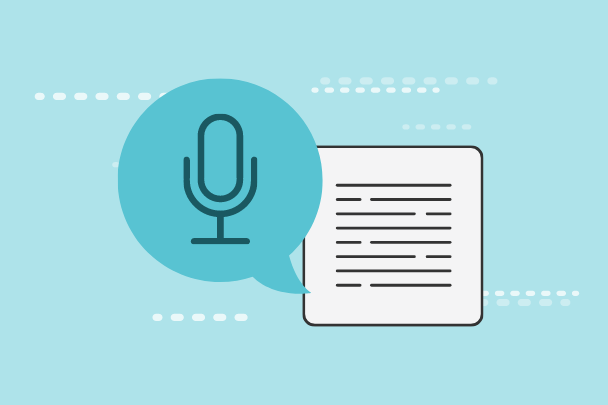What was the business problem?
Speech-to-text technology has really advanced over the last 20 years, and for many people it’s now the go-to method of interacting with their devices. But even as the technology’s improved, it’s really only effective for people whose voice and speech patterns are similar to those of the general population. Currently, speech-to-text uses crowdsourced data to train its artificial intelligence (AI) algorithms to recognize what is being said. People with cerebral palsy, stroke victims, and others with speech problems can’t use speech-to-text since the crowdsourced speech doesn’t sound like their speech. The accuracy of speech-to-text for those with speaking problems can be less than 10%. If speech-to-text is to become truly universal, it has to be able to support all speakers, including those who have difficulty speaking.


